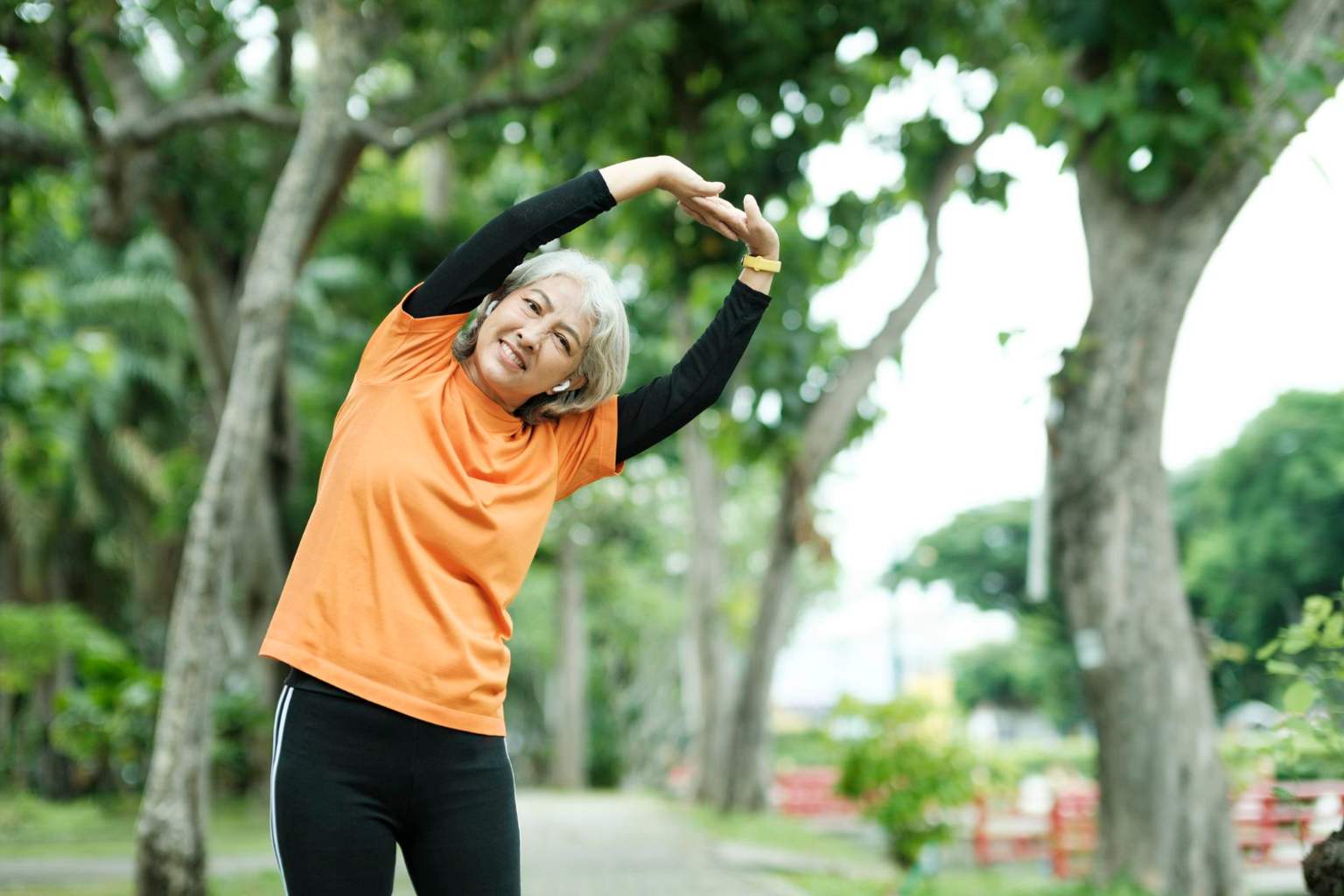Sometimes, the secret to staying strong and independent after 60 isn’t just about how often you exercise, but about hitting the right amount of activity each week. If you’ve ever wondered how much exercise is truly necessary to preserve muscle mass in retirement, here’s some clear advice that could transform your daily routine.
According to guidelines from the World Health Organization, adults over 65 should aim for about 3 hours per week of moderate physical activity. This isn’t just about staying fit – it’s a powerful way to fight sarcopenia, the natural decline of muscle cells that can make everyday tasks harder over time. Whether it’s lifting groceries or climbing stairs, preserving muscle strength keeps your independence intact.
How much exercise retirees should aim for to preserve muscle
The magic number is 3 hours a week — but what matters most is how you use that time. It’s best to break this duration into different types of exercise, each playing a unique role in keeping your muscles and body strong.
Start with strength training. Try to dedicate about 2 sessions weekly, totaling close to 120 minutes. Focus on major muscle groups like legs, back, chest, shoulders, and arms. You don’t need a gym; simple bodyweight exercises like chair squats, wall push-ups, or step-ups are fantastic starters. If you have light dumbbells or resistance bands, they can help you gently increase intensity over time.
Next up is moderate aerobic exercise like swimming, cycling, walking, or water aerobics. The WHO advises spending roughly 1 hour per week on cardio. These activities aren’t just good for your heart and lungs — they support muscle maintenance too. Breaking the hour into smaller segments, such as two 30-minute walks or three 20-minute swims, can make this goal feel much more achievable.
Finally, don’t forget about balance exercises. Simple daily practices like standing on one foot, heel-to-toe walking, or tai chi can reduce your risk of falls and protect the gains from your strength and cardio work. Try adding 5–10 minutes of balance training after one workout session.
Getting started with exercise after 60 and making it a habit
If the idea of jumping into 3 hours a week sounds daunting, you’re not alone. Many retirees worry about how to fit exercise into an already busy or tiring day. Here’s a friendly tip: start small. Begin with just 1.5 hours a week, or even just 30 minutes a day, and then add 10–15 minutes each week as your endurance builds.
What helped me was treating exercise less like a daily chore and more like a social or joyful activity. For example, joining a community swimming class or scheduling walks with friends made it something I naturally looked forward to. Consistency grows best when the activity feels rewarding, not forced.
There will be days when some workouts get skipped — that’s okay. The important thing is to get back on track without guilt. Over time, these steady habits become woven into your lifestyle, and you’ll likely notice increased strength, balance, and confidence in your daily life.
Tips for protecting independence through exercise in retirement
Sticking to an exercise routine is an investment in yourself. It’s less about flashy goals and more about making sure you can confidently manage the little things life throws your way.
Some practical approaches include:
– Choosing low-impact activities that are gentle on joints but effective, especially swimming or cycling.
– Using household items for strength training if you don’t have equipment — a filled gallon jug works well as a weight.
– Scheduling workouts at consistent times, turning them into a ritual, like tea time or reading.
– Keeping a simple log or journal to mark progress and stay motivated.
The goal is preservation: maintaining muscle mass means fewer falls, less fatigue, and greater freedom. It also slows the decline in strength naturally associated with aging.
Have you found exercise routines that work best for you after 60? Or are you still figuring out what fits your lifestyle? Share your thoughts or stories below — your insights might inspire someone just starting out on this journey. And if you found this guidance helpful, don’t hesitate to share it with a friend or family member who could benefit from a reminder about the power of steady, intentional movement.
